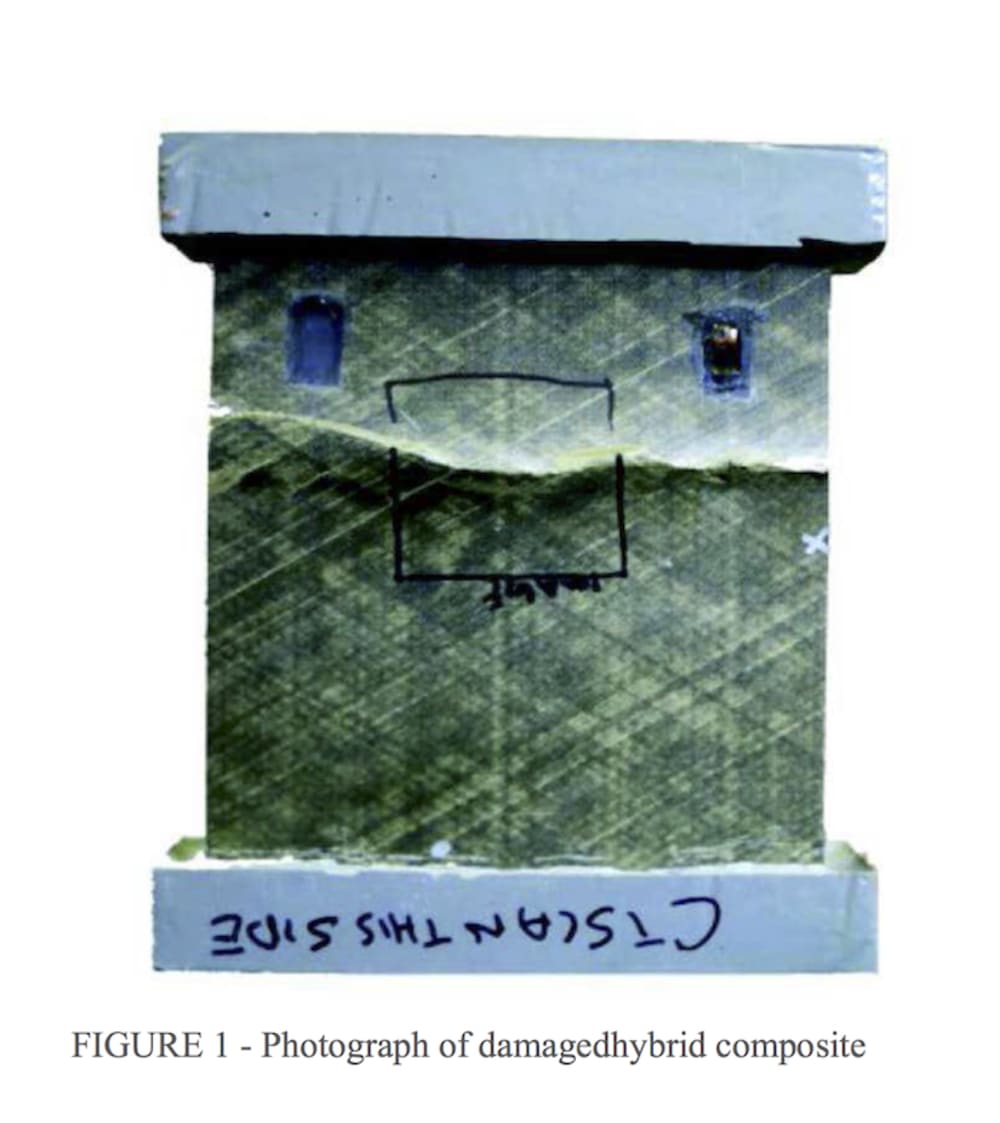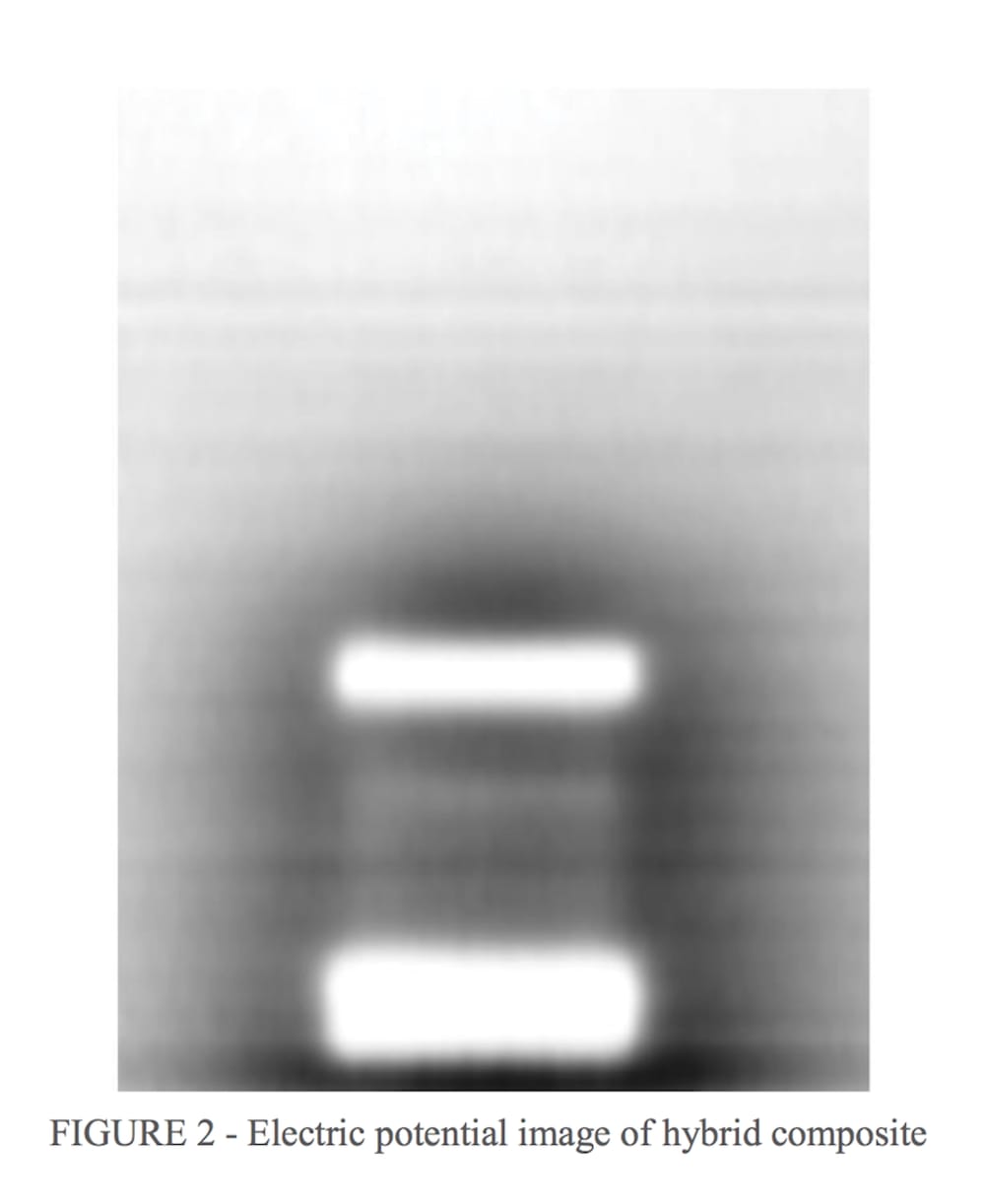
NASA Langley Research Center's Electric Field Imaging (EFI) system is the only noncontact method capable of quantitatively measuring the magnitude and direction of electrostatic fields in near- and far-field applications. Based on low-cost, commercially available components, the EFI system uses measurement of very low-current, human-safe electric fields to construct a three-dimensional image of objects and people based on their dielectric properties. This platform technology, originally developed for measurement of the efficacy of electrical shielding around cables, could be optimized for a variety of applications, including medical imaging, security and detection, weather and natural disaster prediction, and nondestructive evaluation of composites and insulators. The EFI system has the potential to offer a lower-cost, portable, and safer alternative to the imaging systems currently used in these applications.
• BENEFITS
• Enables noncontact, quantitative measurement of electrical or triboelectric properties and characterization of electric charges responsible for electrostatic discharge (ESD)
• Can be optimized for localized or remote applications
• Shows potential for highresolution imaging (tens of microns or better resolution for centimeter-scale to millimeter-scale objects)
• Displays potential for nearreal- time imaging with GHz data sampling rates
• Does not require exposure to radiation, magnetic fields, heat, or light
• Demonstrates potential for low-cost, portable construction Can distinguish between nonconductive materials with high precision (potential capability to detect 0.01% change in dielectric properties between measurements)
• Has easy-to-use, pointandscan workflow design
NASA Technology Transfer Program
Bringing NASA Technology Down to Earth
THE TECHNOLOGY
The EFI imaging platform consists of a sensor array, processing equipment, and an output device. By registering voltage differences at multiple points within the sensor array, the EFI system can calculate the electrical potential at points removed from the sensor. Using techniques similar to computed tomography, the electrical potential data can be assembled into a three-dimension map of the magnitude and direction of electric fields. Since objects interact with electric fields differently based on their shape and dielectric properties, this electric field data can then be used to understand shape, internal structure, and dielectric properties (e.g., impedance, resistance) of objects in three dimensions. The EFI sensor can be used on its own to see electric fields or image electric fieldemitting objects near the sensor (e.g., to evaluate leakage from poorly shielded wires or casings). For evaluation of objects that do not produce an electric field, NASA has developed generator that emits a low-current, human-safe electrostatic field for snapshot evaluation of objects. Additionally, an alternative EFI system optimized to evaluate electric fields at significant distances (greater than 1 mile) is being developed for weather-related applications.
APPLICATIONS
The technology has several potential applications:
• Medical - remote, noncontact respiratory and vascular system monitoring, brain imaging, cancer detection, cardiac polarization wave imaging
• Nondestructive evaluation – flaw detection in composites, evaluation of electrical properties of insulators, electrical shielding evaluation
• Security - baggage and personnel screening, personnel detection, intrusion detection
• Crime scene - forensic evaluation for history of events, what was touched with or without gloves, where people walked
Meteorology -
-
Awards
-
 2017 Top 100 Entries
2017 Top 100 Entries
Like this entry?
-
About the Entrant
- Name:Kimberly Middleton
- Type of entry:individual
- Patent status:patented





